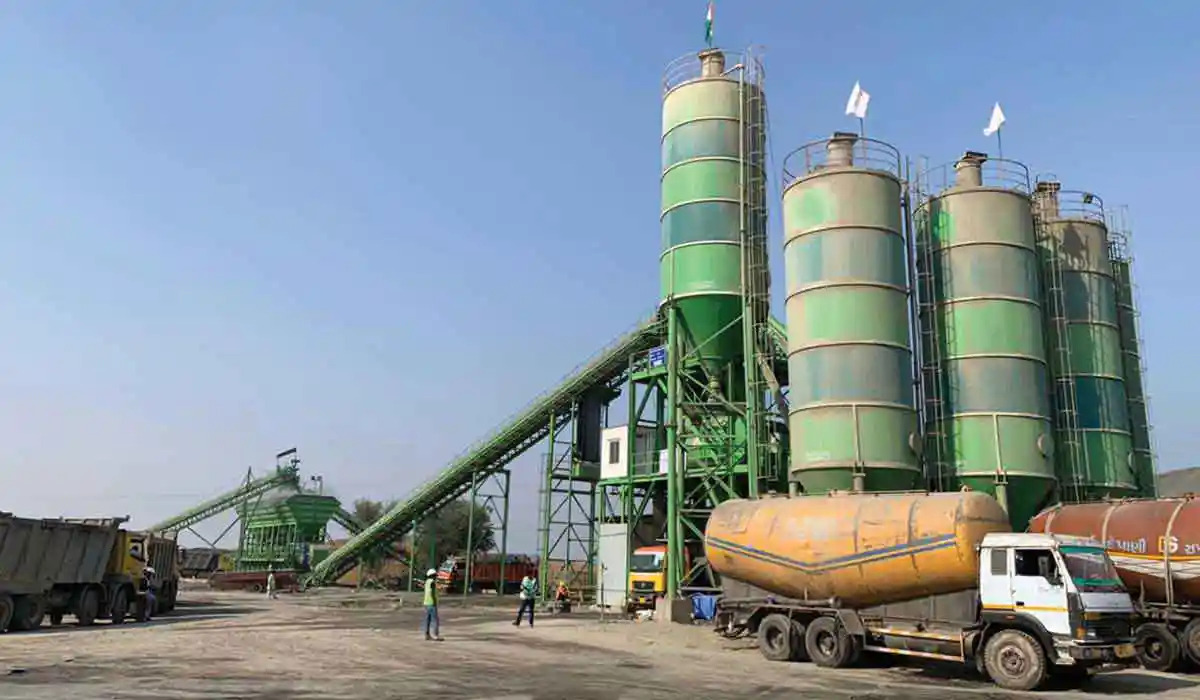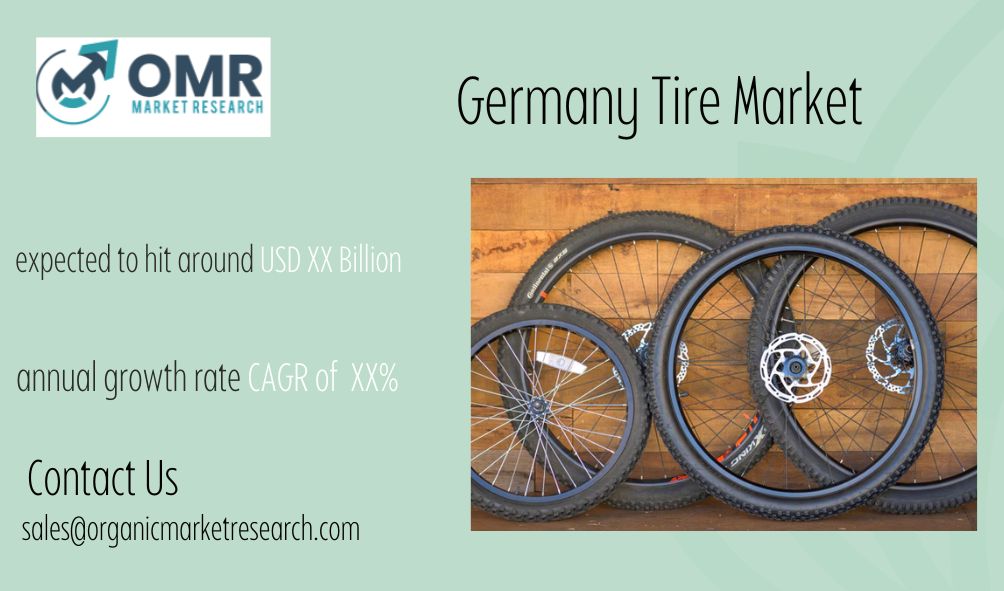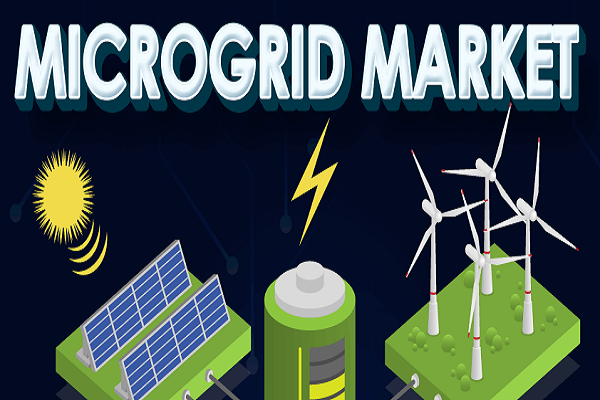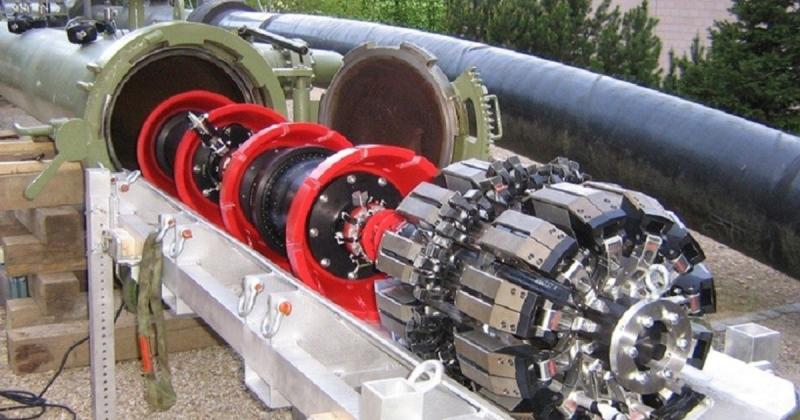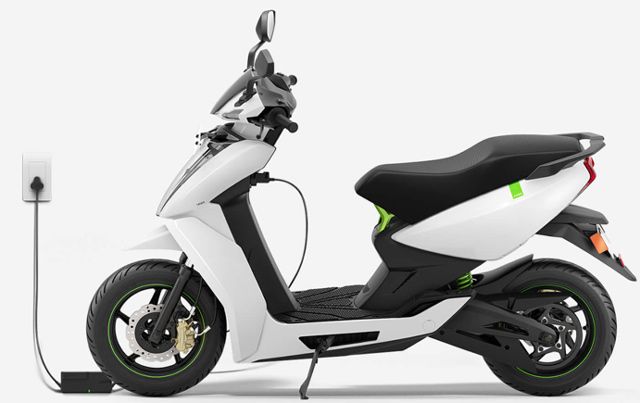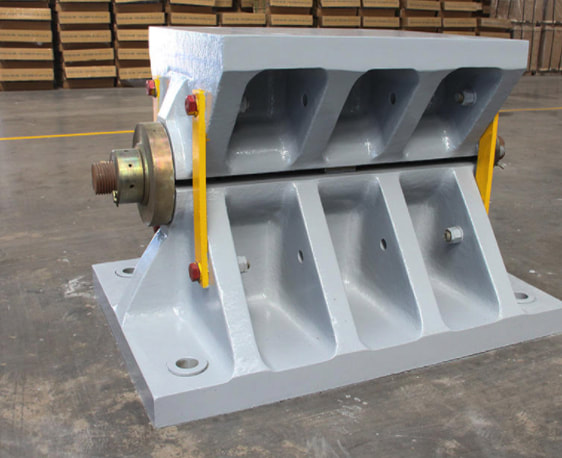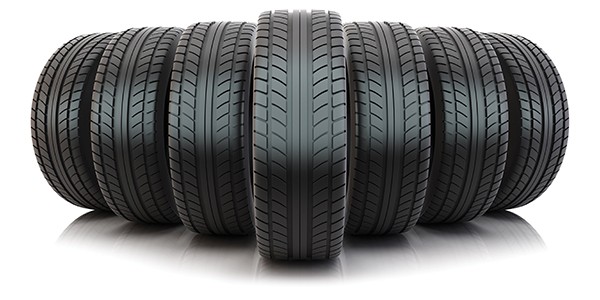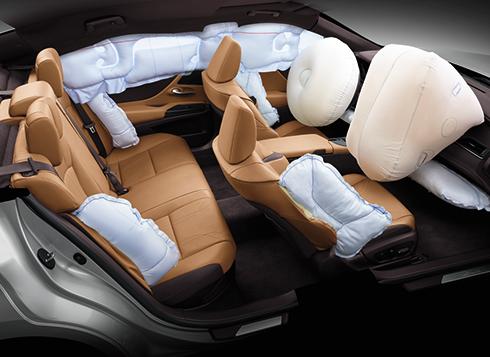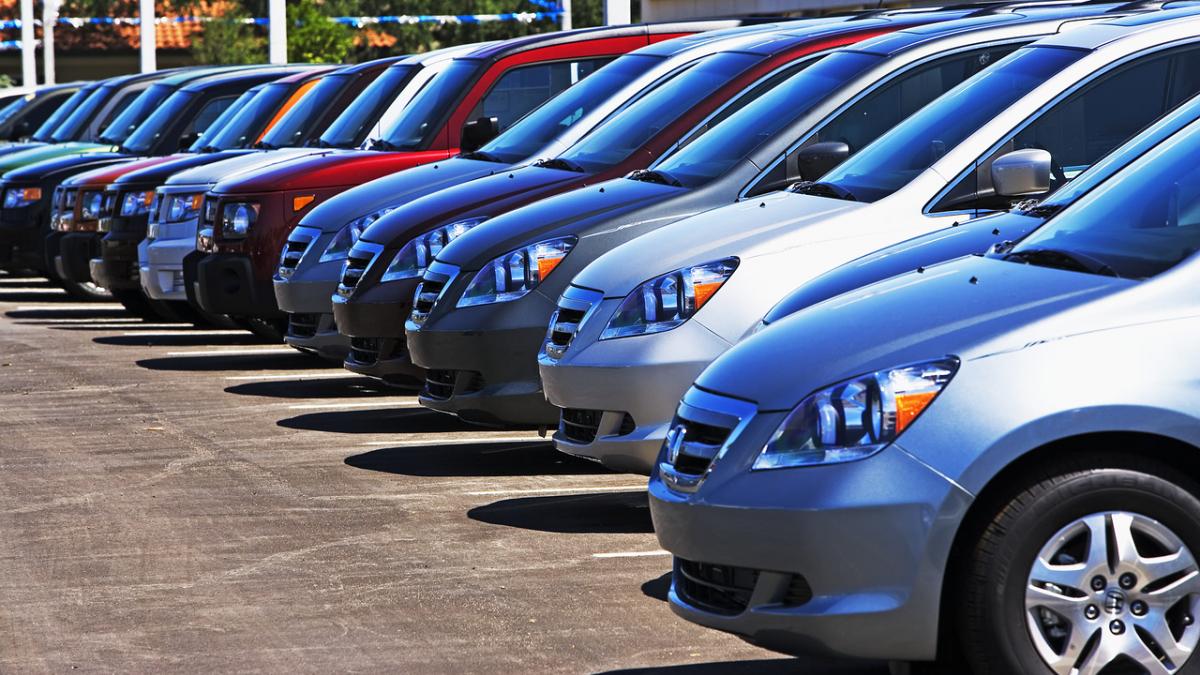1. Introduction:
Objective: The objective of this market research report is to analyze the Indonesia Electric Two Wheeler Market’s size, share, and trends. It aims to provide insights into the market dynamics, growth drivers, challenges, and opportunities for stakeholders operating in this market segment.
Methodology: The research methodology includes primary and secondary research. Primary research involves interviews with industry experts, manufacturers, distributors, and consumers. Secondary research includes data collection from various industry reports, company websites, press releases, and government publications.
2. Executive Summary: The executive summary provides a concise overview of the key findings, market trends, and recommendations derived from the comprehensive analysis of the Indonesia Electric Two Wheeler Market.
3. Market Overview:
Market Definition: The Indonesia Electric Two Wheeler Market comprises electric motorcycles and scooters/mopeds powered by batteries instead of traditional fuel.
Market Segmentation:
- By Vehicle Type: Motorcycle, Scooter/Moped
- By Voltage: 36 V, 48 V, 60 V, 72 V
- By Maximum Speed
- By Distance Covered
Market Dynamics:
- Drivers: Growing environmental concerns, government incentives, rising fuel prices.
- Restraints: Lack of charging infrastructure, high initial cost.
- Opportunities: Technological advancements, increasing urbanization, rising disposable income.
4. Indonesia Electric Two Wheeler Market Analysis:
- Market Size & Forecast, 2023-2031: Analysis of historical data and future projections.
- Market Share Analysis: Identification of key players and their market share.
- Competitive Landscape: Assessment of competitive strategies, mergers, acquisitions, partnerships.
5. Market Segmentation: Analysis of the market based on vehicle type, voltage, maximum speed, and distance covered.
6. Key Players Analysis: Profiles of major companies operating in the market, including their product offerings, financial performance, and SWOT analysis.
7. Government Regulations and Initiatives: Discussion of government policies, regulations, and initiatives impacting the electric two-wheeler market.
8. Technological Advancements: Evaluation of recent technological innovations driving market growth.
9. Consumer Behavior Analysis: Insights into consumer preferences, purchasing patterns, and factors influencing buying decisions.
10. Market Challenges: Identification of challenges hindering market growth and strategies to overcome them.
11. Future Outlook and Opportunities: Forecast of market trends, emerging opportunities, and strategic recommendations for stakeholders.
12. Conclusion: Summary of key findings and recommendations for stakeholders to capitalize on growth opportunities in the Indonesia Electric Two Wheeler Market.
This market research report aims to provide comprehensive insights into the Indonesia Electric Two Wheeler Market, assisting industry players, investors, and policymakers in making informed decisions.
Table of Contents:
- Introduction
- Objective
- Methodology
- Executive Summary
- Market Overview
- Market Definition
- Market Segmentation
- Market Dynamics
- Drivers
- Restraints
- Opportunities
- Trends
- Indonesia Electric Two Wheeler Market Analysis
- Market Size & Forecast, 2023-2031
- Market Share Analysis
- Competitive Landscape
- Market Segmentation
- By Vehicle Type
- By Voltage
- By Maximum Speed
- By Distance Covered
- Key Players Analysis
- Company Profiles
- Product Portfolio
- Financial Performance
- SWOT Analysis
- Government Regulations and Initiatives
- Technological Advancements
- Consumer Behavior Analysis
- Market Challenges
- Future Outlook and Opportunities
- Conclusion

